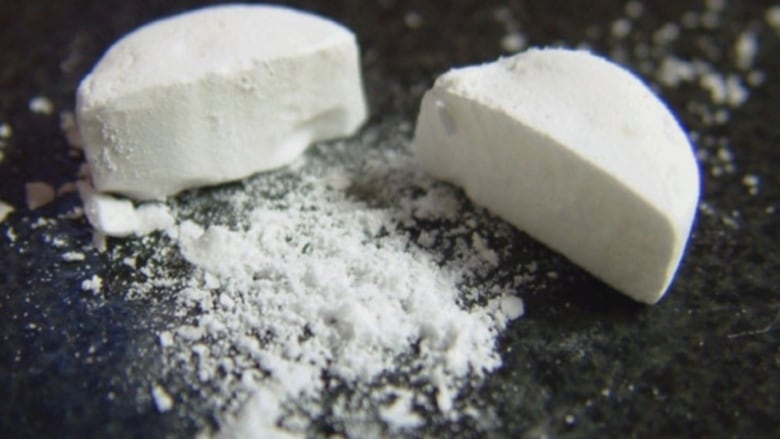Toronto Public Health's overdose action plan gives addict hope
TPH plan comes before Toronto Board of Health Monday

With overdose deaths rising by 73 per cent since 2004, largely due to the rise of opioid addiction, Toronto Public Health has created the Overdose Action Plan. Now the plan heads to the Toronto Board of Health on Monday with the hopes of reversing the trend.
Among other things, it suggests providing free naloxone a drug that can reverse the effects of anopioid overdose, addressing the stigma around drug use,increased access to substance use treatment programs and supervised injection sites.
So far, the plan is giving one addict hope.
"Having a medical action plan, like many of the things outlined in this proposal, I think that's a step in the right direction; however, I think there's a lot of work to be done," an addict who only wants to be identified as "Trevor H"told CBC's Metro Morning.
- Prescription heroin for addicts among the options in proposed Toronto overdose plan
- Toronto prepares for potential epidemic of fentanyl overdoses
After trying a series of heavy drugs, Trevor has been sober for five years.Today, he says adding preventative measures and relieving the stigma are ways to move forward. Trevor says stigma was one of the things that prevented him from getting help.
"I come from a sports background and so the stigma was kind of jokingly accepted," he said. "It got to a certain point where it's not something that's accepted at a competitive level."
Trevor says he supports the idea of injection sites, which both the local and provincial government have backed.
"Injection sites are a way to bring guys like me out of the dark grainy places we used to hang out," he said. "It's a great way to collect these people in a safe environment."
Trevor's problems with drugs started early on at 10 years old. By the time he was 15, he had seen hundreds of doctors.
"I wish I would have had access to a 12-step program and been educated in the school system on the various methods of treatment," he said. "I [grew] up in an environment where addiction was everywhere. It wasn't as stigmatized, or maybe it was even more stigmatized because I saw the negative effects on a daily basis."
- Ontario government backs supervised injection sites in Toronto
- 'Toronto is next' to get federal approval for supervised injection sites: Joe Cressy
The TPH's plan was created with the help of input from users like Trevor and those who work with addicts. Sessions were held in downtown Toronto, North York, Etobicoke and Scarborough involving 160 people.
With its plan, TPH hopes to prevent more people from becoming addicts and provide a support system for those already addicted, so they can turn their life around like Trevor did.
"I wouldn't have been able to have done it by myself," he said. "I owe to a lot of mentors and a spiritual life is how I live today."
With files from Lauren Pelley and Metro Morning.












_(720p).jpg)


 OFFICIAL HD MUSIC VIDEO.jpg)
.jpg)



























































































